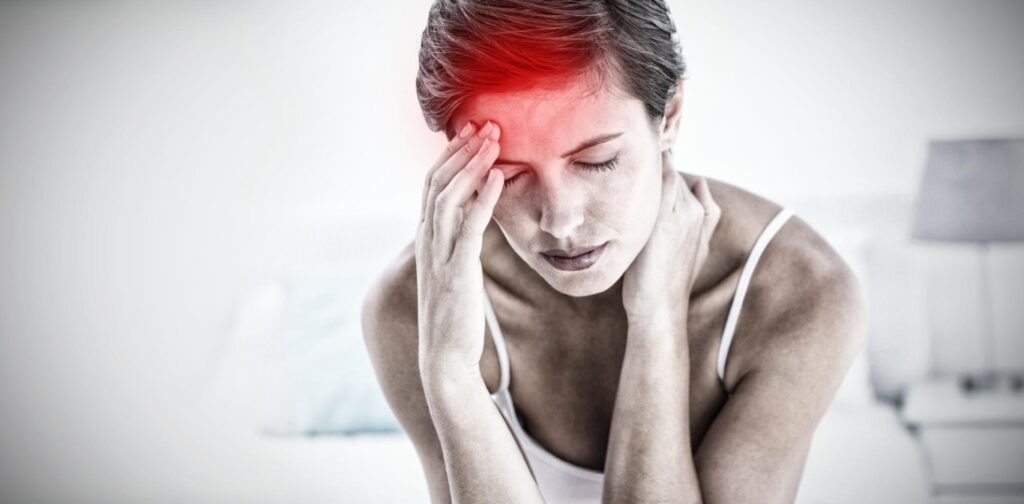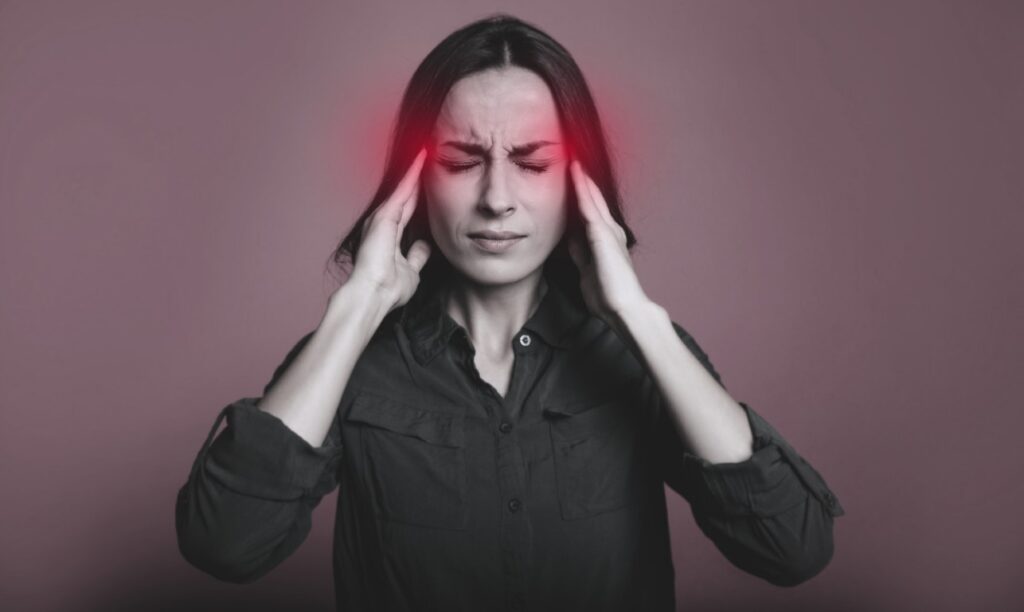Migraine Pain
Overview
Headaches are classified into 12 categories, but stress or tension headaches are the most common forms. During a tension headache, pain is most often located near the forehead and/or the back of the head. As a result of contracting muscles, a tension headache often causes constricting pressure pain. Migraines are more intense headaches and can be accompanied by nausea and vomiting, as well as light sensitivity and blurred vision. Migraine headaches give off a throbbing, pulsating pain usually found in the forehead or temple that can occur on one or both sides of the head.
Symptoms of Migration pain:
-
Throbbing Headache
-
Sensitivity to Light (Photophobia) and Sound (Phonophobia)
-
Nausea and Vomiting
-
Aura
-
Pain Worsened by Physical Activity
-
Tension or Stiffness in the Neck and Shoulders
-
Difficulty Concentrating
-
Fatigue


Causes of Headaches and Migraine Pain
- Genetic Factors: A family history of migraines or other types of headaches can increase the likelihood of an individual experiencing them.
- Sinusitis: Inflammation or infection of the sinuses can cause headaches, especially in the frontal or facial regions.
- Tension and Stress: Emotional stress, tension, or anxiety can contribute to tension-type headaches or exacerbate migraines.
- Physical Factors: Poor posture, muscle tension, or neck and spine issues can contribute to both tension headaches and migraines.
Headaches and Migraines Treatment Options
-
Trigeminal Radio Frequancy Abliation.
-
Botox Injection.
-
Epidural Injections.
-
Trigger point injection.
-
Neurolytic Blocks.




Some quick information
There are many potential causes of headaches and migraines, including: tight or strained muscles, disc injury or degeneration, arthritis or inflamed joints in the neck, pinched nerved in the cervical spine, and physical trauma or injury, which can cause inflammation in the brain, leading to headaches.
Some risk factors associated with many different types of headaches include anxiety, depression, lack of sleep, obesity, overuse of caffeine, overuse of pain management medications and poor physical posture.
There are many minimally invasive tests that can be performed at a headache pain clinic to help find the causes of headaches. For example, facet joint injections in the cervical spine can help to diagnose the root cause of headache pain, as well as be a therapeutic intervention. A physical exam in addition to diagnostic testing can help determine the best course for headache pain management or migraine pain management.
There are a number of headache pain clinic treatment options that provide headache pain management / migraine pain management, which include:
- Facet Joint Injection
- Epidural Steroid Injection
- Radiofrequency Neuro Ablation
- Trigger Point Injection
- Nerve Blocks
Our goal is to help the patient regain their quality of life
We relieve your pain, helping you be yourself again!

